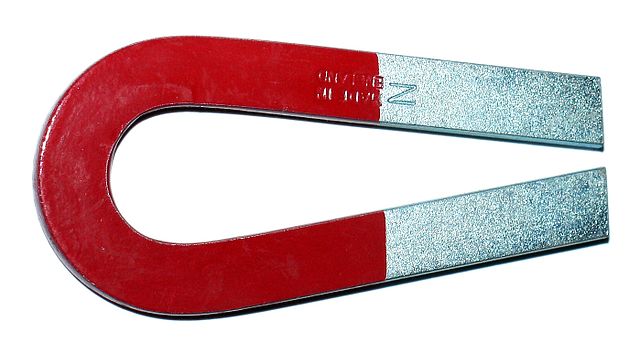For several decades, Ethidium Bromide (EtBr) was the molecular biologist’s default dye for DNA staining. Now, due to the collective paranoia about its alleged carcinogenic effects, EtBr is being consigned to the history books along with cesium chloride (CsCl) gradients, cloning into phage lambda, and in-lab DNA sequencing. It’s time to have a historical look at where it all started.
A slow start
In the 1960s viral, plasmid and mitochondrial DNA was separated from the much higher molecular weight genomic DNA by high-speed centrifugation in CsCl gradients, a very simplified version of the same process is still used during plasmid DNA preps: pieces of chromosomal DNA along with cell debris separated from lighter, compacted plasmid molecules by centrifugation.
Unlike the 15 min at 12,000 x g used for modern minipreps, separation in CsCl at hundreds of thousand x g took days. In 1966 H. Thorne published two papers (1, 2), in which he showed a possibility of separating polyoma virus DNA from host cell DNA using radiolabelled DNA gel electrophoresis.
Six years after Thorne’s papers, Dutch mitochondrial researchers C. Aat and P. Borst enter the story. As with many scientific breakthroughs, it was as the result of something going wrong that led them to their discovery- in their case, the breaking down of their high-speed centrifuge.
Knowing about Thorne’s papers, the researchers decided to see if they could separate mitochondrial DNA in a gel. They routinely used EtBr in the gradients to separate different forms of mitochondrial DNA (supercoiled, nicked, linear), it was only logical to use it in the gels as well. Also, the authors say that they “always admired bright orange bands in the gradients”, so the aesthetic pleasure played a role in science development.
From early adopters to the mainstream
But the rest is not history. Although separating mitochondrial DNA in a gel using EtBr has proven so successful that Aat and Borst never went back to the repaired centrifuge, they didn’t follow up their 1972 paper (3) with further study in this area (4).
A current historical review by a Nobel Prize winner R. Roberts (5) cites another paper by Sharp et al (1973) (6) as a source of using EtBr during DNA separation by DNA electrophoresis. Although Sharp et al used the same logic of starting with in-gradient EtBr staining, followed by staining gels after the run and/or adding EtBr to the gels as Aat and Borst, they don’t cite the earlier paper. Formally, Aat and Borst have a priority as they published the method first, but Sharp et al are cited 3 times more frequently, probably due to their incorporation of the use of another cutting edge 1970s technology – DNA digestion with restriction enzymes.
Where is it now?
Now, at the beginning of 21st century EtBr is still widely used in many no-nonsense labs, but the combination of its alleged carcinogenic effect and its requirement for UV light has caused health and safety pressure to replace it in many institutions. Many labs went “EtBr free” and there is probably no going back now. Several alternative dyes are currently in use as a replacement for EtBr, you can read about them in this article.
The history of the rise and fall of EtBr shows a pattern often seen with scientific techniques: intuitive leaps based on previous, often forgotten ideas; a slow start followed by mainstream adoption. Finally, the decline during a controversy of who used it first.
Literature:
- Thorne H. V. Electrophoretic separation of polyoma virusDNA from host cell DNA. Virology (1966), 29, 234 – 239.
- Thorne H. V. Electrophoretic characterization and fractionation of polyoma virus DNA. J. Mol. Biol. (1967), 24, 203 – 211.
- Aat C. and Borst P. The gel electrophoresis of DNA.Biochim. Biophys. Acta (1972), 269, 192 – 200.
- C. Aat and P. Borst. Ethidium DNA Agarose Gel Electrophoresis: How it Started. IUBMB Life, 2005, 57(11): 745 – 747
- Roberts R.J. How restriction enzymes became the workhorses of molecular biology. PNAS (2005), 102(17), 5905 – 5908
- Sharp P. et al. Detection of two restriction endonuclease activities in Haemophilus parainfluenzae using analytical agarose–ethidium bromide electrophoresis. Biochemistry (1973), 12(16), 3055-63.






